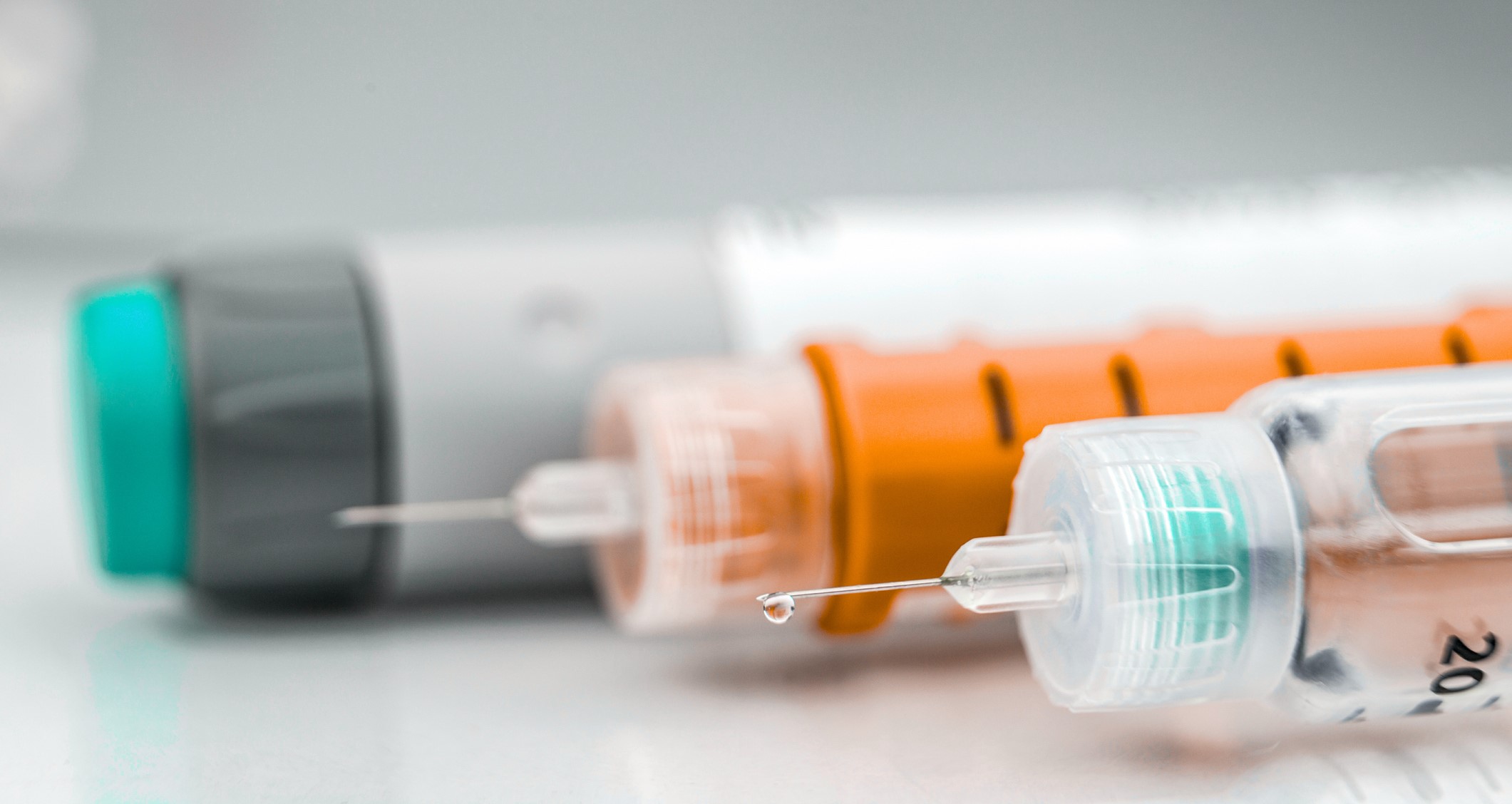17 Oct 2023
How SMA microactuators are enabling next-generation drug delivery devices
By Dominic Webber, Senior Director Business Development
Shape Memory Alloy (SMA) microactuators have established a significant position in various industries, with smartphone cameras currently being the most pronounced application for Cambridge Mechatronics (CML). However, the horizons of these microactuators extend far beyond, touching several multibillion-dollar global markets. This article explores the promising applications of SMA actuators in the drug delivery segment of the medical devices market.

While the photonics segment, primarily driven by smartphone cameras, consumes the lion's share of the SMA microactuator market, other burgeoning segments are worth noting, such as haptics and fluidics. Given this broad spectrum, it's only pragmatic for companies like CML to diversify its products and market applications.
SMA microactuators for fluidics: medical applications
The fluidics segment stands out with a myriad of product types. Micropumps and microvalves, especially those powered by SMA, are gaining traction. By bringing in CML’s semiconductors with advanced control technology for SMA actuators, CML is setting the stage for a shift from basic on-off flow control to a more refined proportional control system. This nuanced control is vital for sophisticated fluid systems like "organ on a chip" microfluidic systems, where the objective isn't just to start and stop fluid flow, but to regulate it meticulously.
Medication delivery and self-administration
Given that pharmaceuticals represent a multi-trillion-dollar industry, the potential for controlled drug delivery is enormous. Instead of solely focusing on new drug development, which is both costly and risky, there's a growing inclination to optimise the delivery of existing drugs.
With the high running costs of medical facilities worldwide a global trend is arising: self-administration of medication. This approach not only alleviates the pressure on healthcare infrastructures but is also convenient for patients, offering them more autonomy. Devices facilitating this need to be easy to use, discrete, and highly reliable.
Wearable drug delivery devices, such as those related to insulin delivery, need to be silent, lightweight and convenient. The strength of CML's SMA technology can play a significant role here.
SMA's advantages for drug delivery
SMA actuators bring a suite of advantages to the table:
High Force: Capable of moving viscous fluids, essential for drug delivery.
One of the inherent challenges in drug delivery is the movement of viscous materials through constricted channels and fluid circuits. Viscosity can vary depending on the formulation of the drug, with some being significantly denser than others. SMA actuators, known for their high force-to-mass capability, ensure that drugs, especially those with thicker consistencies, are delivered smoothly and efficiently.
Precision: Ensures the accurate administration of life-saving drugs.
The importance of precision in drug dosage cannot be overstated. SMA actuators, controlled with CML’s semiconductors and algorithms, are renowned for their precision. This means that they can administer exact quantities of medication as prescribed, safeguarding the patient's health and ensuring optimal therapeutic outcomes. This is particularly crucial for life-saving medications where even minor deviations can be consequential.
Silent Operation: Provides discreetness, crucial for wearable devices.
As wearable medical devices become increasingly popular, the need for discreetness in their operation grows. The silent operation of SMA actuators addresses this concern head-on. Users can wear and operate their devices with confidence, knowing that they won't be generating any noticeable noise. This can enhance user compliance and overall satisfaction with the device.
Compactness: With almost invisible SMA wire, miniaturisation is a reality.
The modern medical device market places a premium on compactness. Patients prefer devices that are lightweight and non-intrusive. Thanks to the nearly invisible SMA wire, devices can be miniaturized without compromising their functionality. This leads to sleeker, more discrete and comfortable designs.
The road ahead for medical fluidic actuators with CML and SMA
CML is at the forefront of leveraging SMA technology for disruptive next-generation drug delivery devices. Collaborations and projects within the insulin market are underway. Although specific details remain confidential, the overarching goal is evident: To make available highly innovative products that improve patients’ lifestyles and well-being.
Shape Memory Alloy actuators, having made a significant mark in the smartphone camera industry, are poised to have a major impact in the world of fluidics and drug delivery. With a focus on self-administration, accuracy, and miniaturisation, the future looks promising for medical practitioners and patients alike.
About CML: Cambridge Mechatronics Limited (CML) is a world-leading developer of mechanical, optical, electrical, silicon, and software designs for system-level solutions using its Shape Memory Alloy (SMA) platform technology. ACTUATOR SOLUTIONS based on SMA wire (thin as hair) can be controlled to submicron accuracy. These actuators are particularly suited to applications requiring high precision and force levels, in a fast, compact, and lightweight design.
For more details about SMA technology and Cambridge Mechatronics, please GET IN TOUCH.
